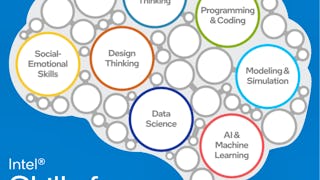Reclaim your attention. Realign your mind. Rediscover what matters.
We reach for our phones when we want to rest, scroll when we mean to connect, and check notifications in moments meant for quiet or focus. Most of us don’t want to be doing this. The attention economy is designed to keep us hooked, shaping not just how we spend our time but how we think, feel, and relate to others. Your attention is your most valuable resource the foundation of your creativity, relationships, and mental health. This course helps you reclaim it. You’ll learn to align your media habits with your values, reduce digital overwhelm, and cultivate clarity, joy, balance, and purpose, skills that enhance well-being and focus in every area of life. This neuroscience-based course builds on eight years of research and teaching from the PRISM program at the University of Colorado Boulder, which has helped thousands of participants feel less stressed, more focused, and more connected. We’ve distilled the most effective, science-backed practices into a concise, time-efficient learning experience, so you can see real impact without adding more to your plate. Each week includes short videos, guided reflections, and practical tools designed to help you make lasting shifts in how you relate to technology, and to yourself. This course is for you if... You check your phone first thing in the morning and feel drained before the day begins. You find yourself scrolling when you meant to rest, create, or connect with people you love. You want to understand the neuroscience behind attention manipulation and how to resist it. You’re a leader, educator, or professional who wants to model digital balance for others. You struggle to stay focused at work or school, even when the task matters to you. You crave more presence, creativity, and meaning — and less mental clutter. You’re ready to take back control of your mind and rediscover what truly nourishes you.















